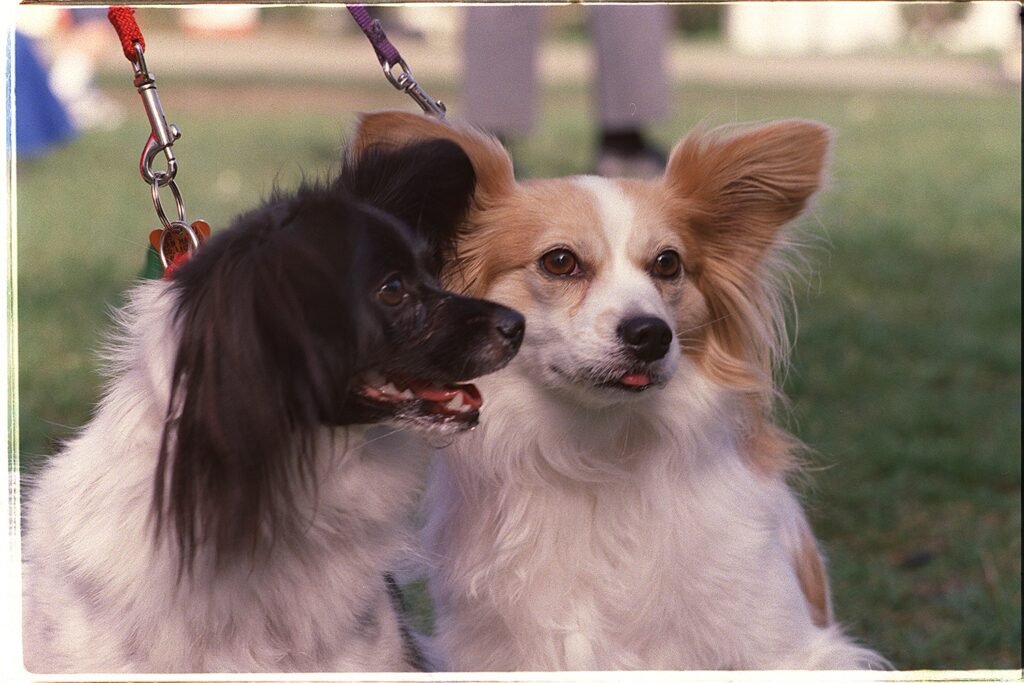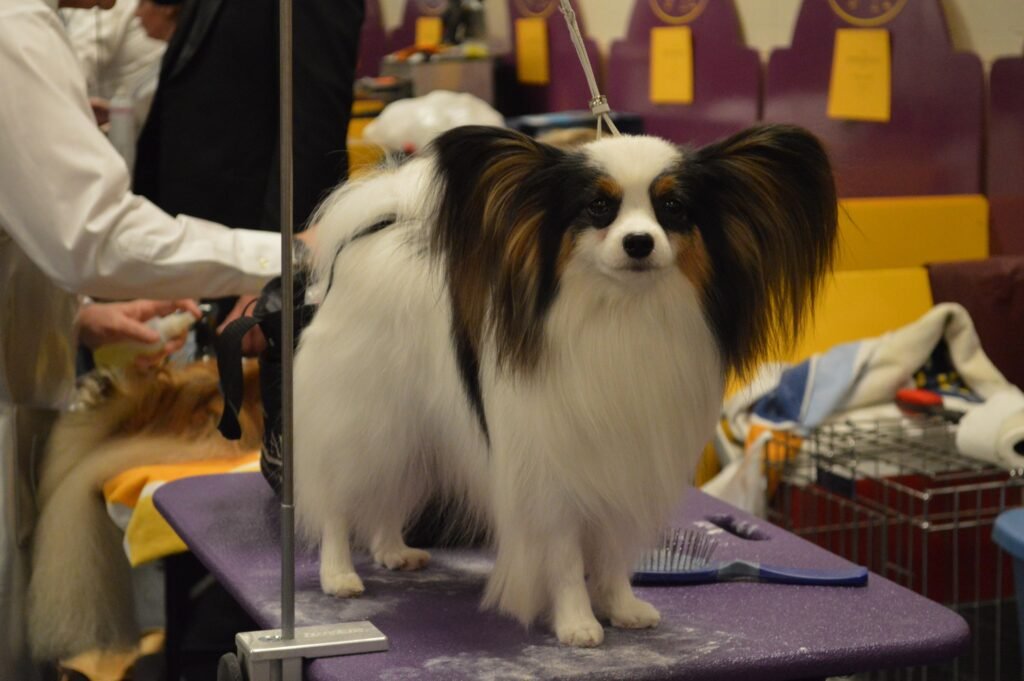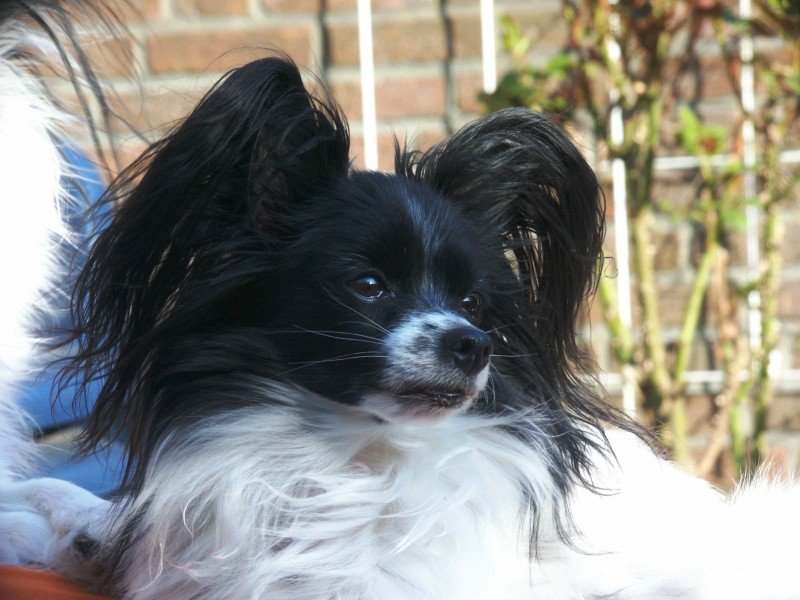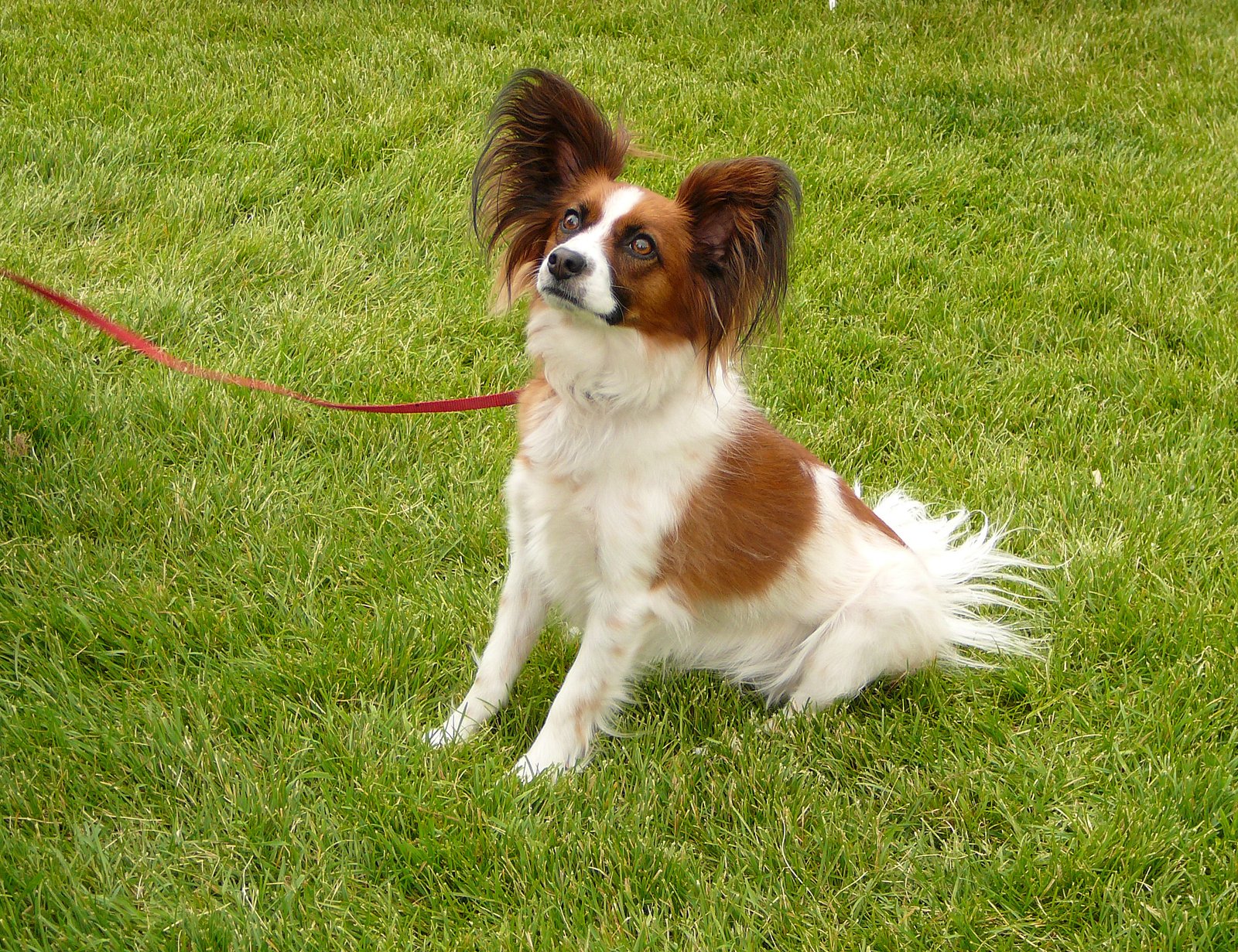With their butterfly-like ears and regal demeanor, Papillons are more than just pretty pups—they’re a slice of canine history. As the oldest toy spaniel breed, these elegant dogs have charmed kings, queens, and commoners alike for centuries. But behind their graceful appearance lies a spirited and intelligent companion ready to steal your heart and your lap. If you’ve ever wondered what makes the Papillon such a timeless favorite, you’re about to find out. Let’s explore some fascinating facts about this delightful breed that’s been winning hearts for generations!
Origins of the Papillon

The Papillon, often referred to as the oldest toy spaniel, boasts a rich history that dates back several centuries. This elegant breed, initially called the “Continental Toy Spaniel,” originated in Europe. The name “Papillon,” meaning “butterfly” in French, refers to the breed’s distinctive, large, and fringed ears resembling the wings of a butterfly. Since its inception, the Papillon has been a symbol of nobility and grace, often seen in portraits of European royalty and nobility.
Distinctive Physical Features

The Papillon is renowned for its striking appearance, most notably its ears. These feathered, wing-like ears give the breed its name and contribute to its unique charm. Papillons are small in size, typically weighing between 5 to 10 pounds, and possess a fine-boned structure. Their lush, silky coat often features a white base with patches of different colors, which adds to their visual appeal.
Temperament

Despite their small size, Papillons possess a spirited and eager-to-please personality. They are remarkably intelligent, often ranking highly in obedience and agility training. This breed is known for being friendly, happy, and alert, making them excellent companions. Their sociable nature means they enjoy interaction with both humans and other animals, thriving in homes where they get regular attention.
Health and Lifespan

Papillons are generally robust in health, often living well into their mid to late teens, with some even reaching into their 20s. However, like all breeds, they have specific health issues to be aware of. Common conditions include patellar luxation, dental disease, and progressive retinal atrophy. Regular veterinary check-ups and appropriate care can help ensure a long, healthy life for these lively companions.
Grooming Needs and Maintenance

With their luxurious coats, Papillons require regular grooming to keep their fur in pristine condition. Despite their long hair, they are relatively low shedders. Weekly brushing is typically sufficient to prevent tangling and matting. It’s also important to maintain their dental hygiene, as small breeds are prone to dental issues. Regular cleaning of their ears and trimming of nails is also advised to keep them in optimal health.
Papillons in Popular Culture

The Papillon has made notable appearances both in historical contexts and modern culture. Historically, they were favored by royalty, including figures like Queen Marie Antoinette. In contemporary culture, Papillons have been featured in various films and television shows. Their striking appearance and charming demeanor have made them a popular choice for dog actors, further cementing their place in the public eye.
Training and Adaptability

Known for their intelligence, Papillons excel in training, especially agility and obedience trials. Their eagerness to learn and quick minds make them highly trainable. However, it is crucial to employ positive reinforcement techniques due to their sensitive nature. They adapt well to different living situations, whether in an apartment or a home with a yard, as long as they receive adequate mental and physical stimulation.
Lifespan of Affection

Papillons are affectionate and devoted companions, making them ideal pets for families, seniors, and singles alike. Their playful yet gentle nature means they tend to get along well with children, given that interactions are supervised to avoid any accidental injury due to the dog’s diminutive size. Their adaptability also means they can be quite content as travel companions.
A Timeless Breed

The Papillon, with its rich history, striking appearance, and vibrant personality, remains one of the most beloved toy breeds in the canine world. Their blend of intelligence, charm, and affectionate nature makes them ideal companions for many dog lovers. Whether appreciated for their historical significance or their current roles as lively pets, the Papillon continues to capture hearts across the globe, a testament to their timeless appeal.

Andrew Alpin from India is the Brand Manager of Doggo digest. Andrew is an experienced content specialist and social media manager with a passion for writing. His forte includes health and wellness, Travel, Animals, and Nature. A nature nomad, Andrew is obsessed with mountains and loves high-altitude trekking. He has been on several Himalayan treks in India including the Everest Base Camp in Nepal.






